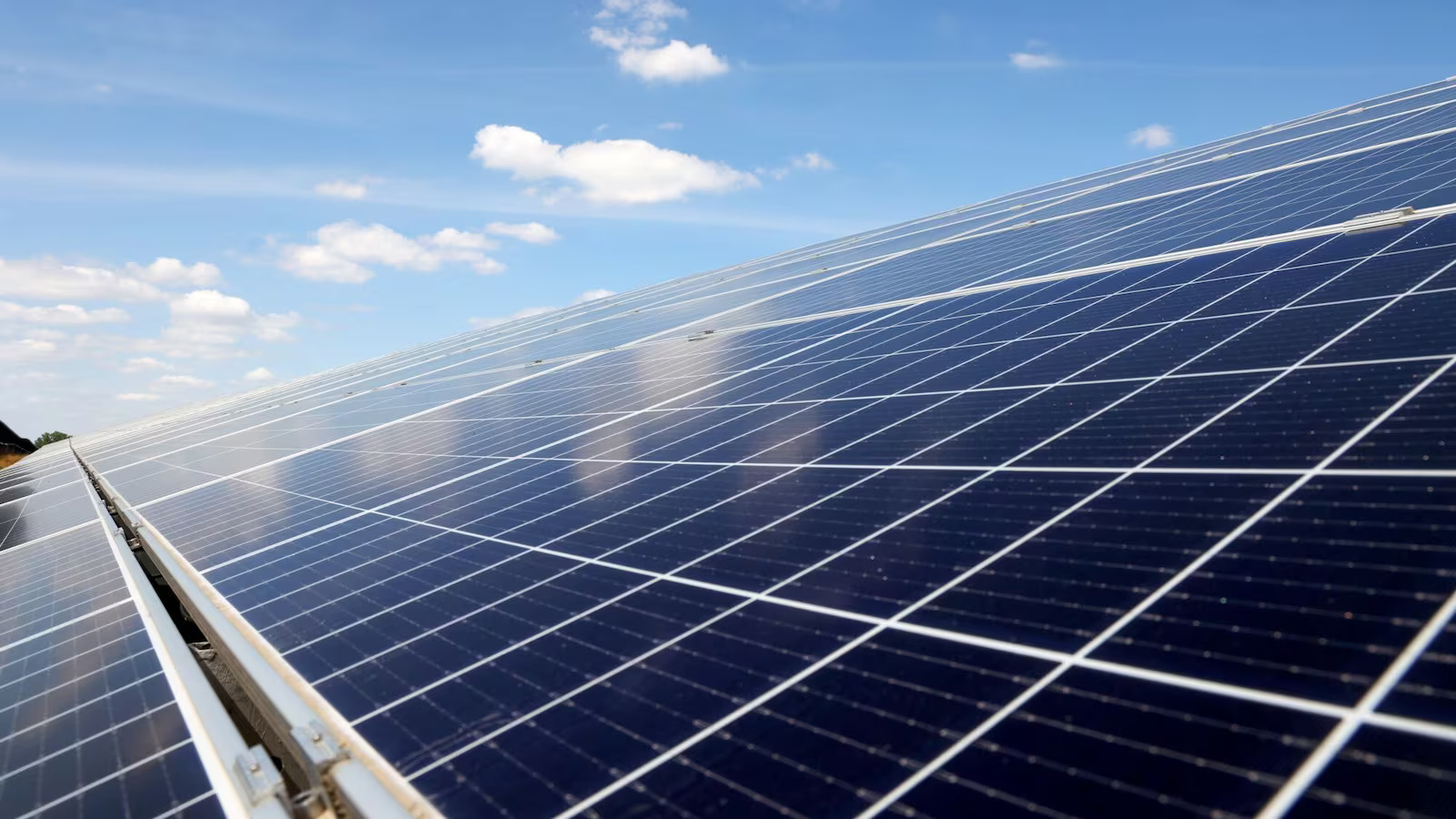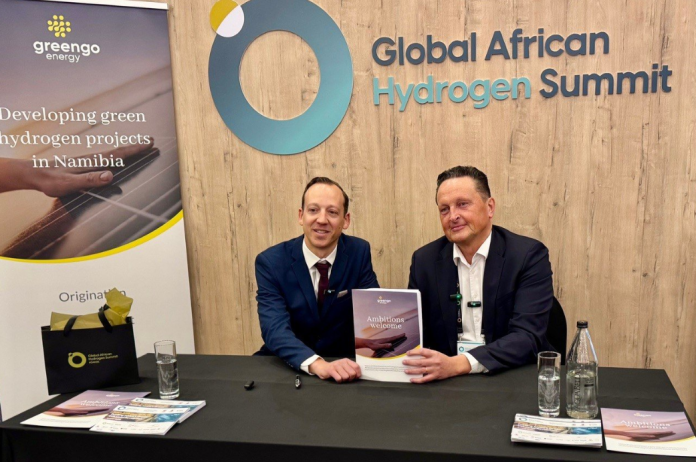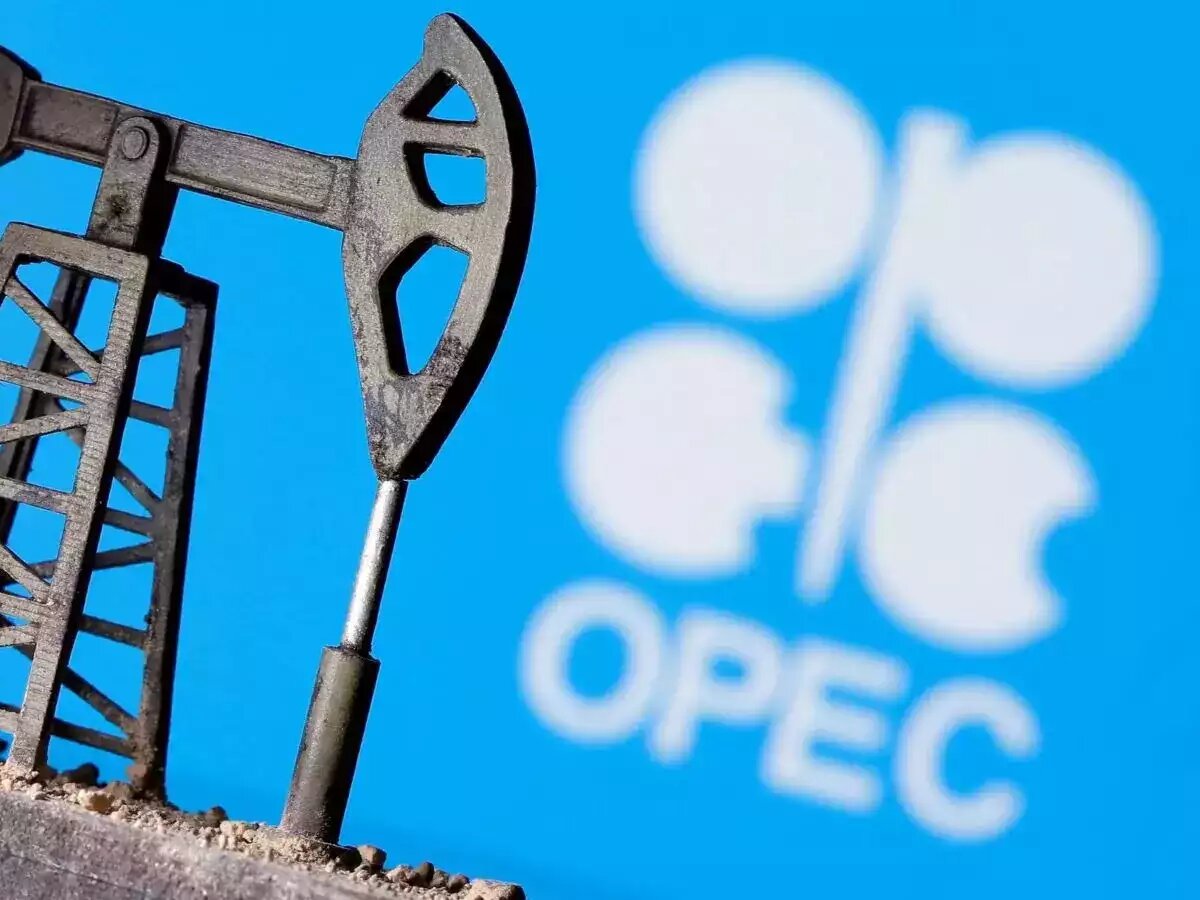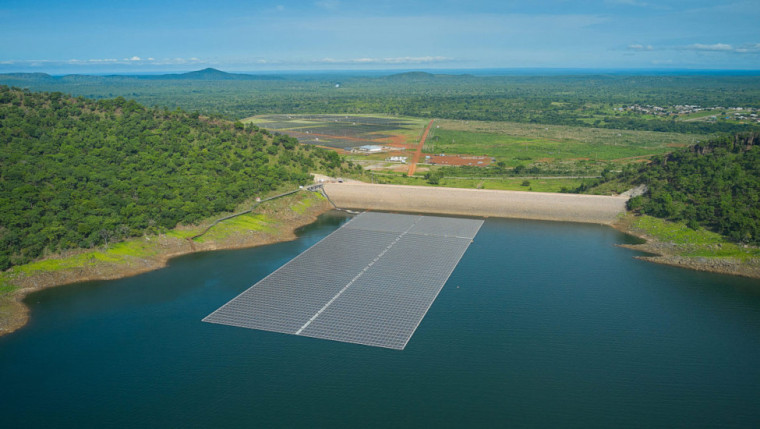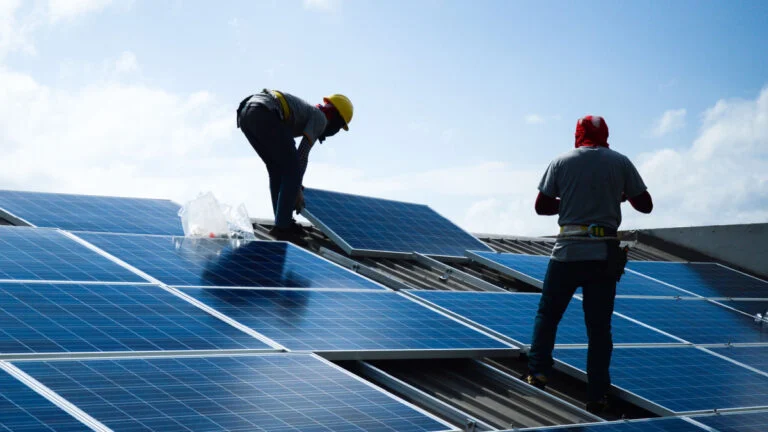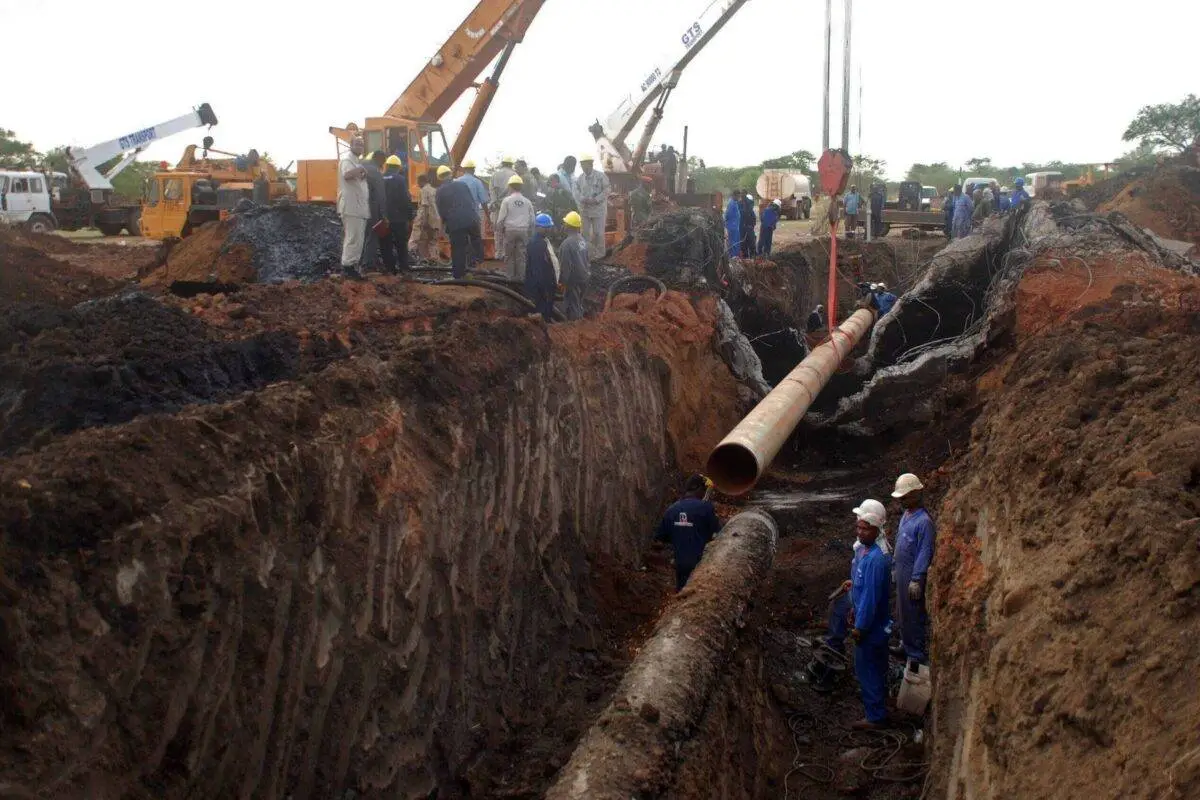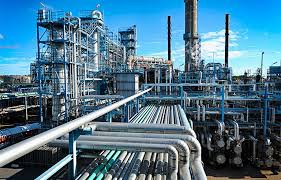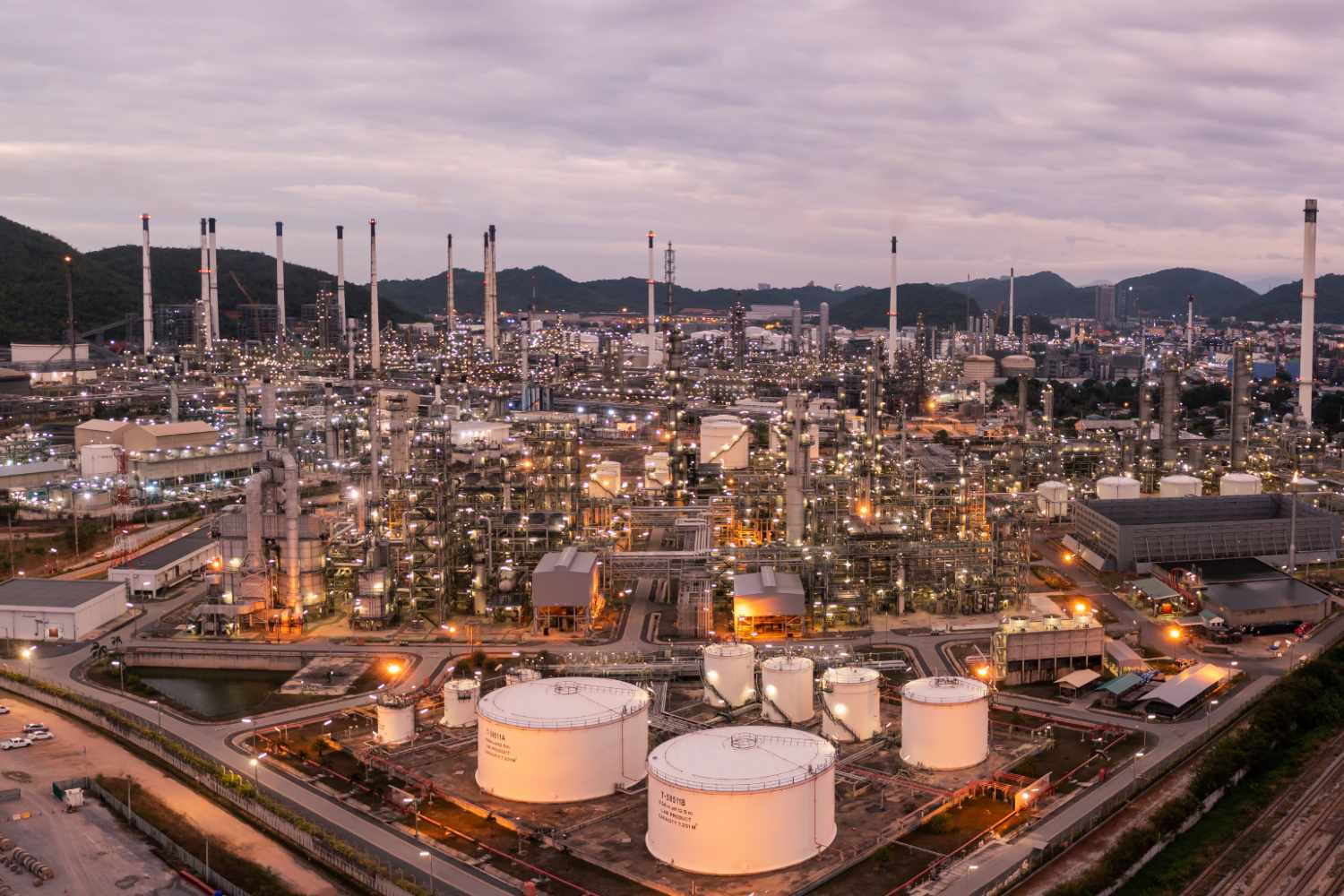Generation

Namibia secures N$2.08bn for green hydrogen
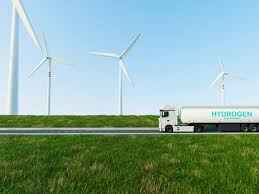
This is indicated in the latest Namibia Green Hydrogen Mid-Year Review 2025 by the Namibia Green Hydrogen Programme (NGH2P).
The report highlights the commissioning of HyIron–Oshivela near Arandis, which began producing Sub-Saharan Africa’s first green hydrogen-powered iron in March, as one of the key milestones for the country’s hydrogen sector.
The facility features a 12MW electrolyser, the largest of its kind in the Southern Hemisphere, positioning Namibia as a regional leader in renewable-powered industrial production.
“This growth is already delivering tangible socio-economic benefits. Over 800 Namibians have been employed across pilot and early-stage projects, while approximately N$170 million (over $9.5 million) has been channelled into local SMEs, reinforcing our localisation agenda and early value-chain development,” the report said.
In addition to this, the NGH2P has successfully secured N$50 million (over $2 million) in grant funding from the then German Federal Ministry of Economic Affairs and Climate Action (BMWK) and now the Federal Ministry of Economic Affairs and Environment to launch a wind resource measurement campaign.
“Initiated in quarter one 2025, this campaign aims to assess wind resources for renewable energy within the Tsau //Khaeb National Park(TKNP). The primary objective is to collect precise and comprehensive wind data over a 12- to 24-month period,” the report said.
Significant milestones for green hydrogen sector in Namibia
The NGH2P also received N$3.6 million ($201,600) in funding to conduct a study on best practices for developing and operating shared infrastructure.
“The funding mobilised was used to craft a best-practice study on common-user infrastructure, including pipelines, desalination systems, rail, ports, and energy corridors. Expected to conclude by June 2025, this work will guide integrated planning across key parastatals such as NamPort, NamWater, NamPower, and TransNamib.”
The Programme is also collaborating with the Environmental Investment Fund and UNIDO to develop a green industrial park concept within the !Nara Namib Industrial Zone near Walvis Bay.
This initiative aims to demonstrate the provision of green baseload power and essential infrastructure to de-risk industrial scaling. Lessons from this application could be used to establish green industrial clusters nationwide.
Establishing a regulatory framework remains a core priority. In April 2025, the Programme finalised a draft National Policy on Green Hydrogen and Derivatives.
Developed in close consultation with stakeholders, the policy sets out Namibiaʼs approach to:
- Environmental protection and safe handling of hydrogen and its derivatives
- Socio-economic development and worker safety
- Institutional coordination and legislative alignment
This draft is currently under review by the Ministry of Industries, Mines and Energy and is expected to serve as the foundation for future legislation and operational guidelines.
The Programme has also partnered with the Ministry of Environment, Forestry and Tourism to launch a Strategic Environmental and Social Assessment (SESA) for the Southern Corridor Development Initiative (SCDI).
Cross-border hydrogen pipeline between South Africa and Namibia
According to the report, a cross-border hydrogen pipeline pre-feasibility study covering the Western and Northern Cape in South Africa and southern Namibia was completed in December 2024.
“The study confirms that linking hydrogen hubs in Lüderitz, Boegoebaai, and Saldanha Bay, extending to Gauteng via an eastern corridor, presents a significant opportunity for a resilient hydrogen infrastructure in Southern Africa.
“This system is pivotal for sustainable energy, socio-economic growth, and advancing Namibia and South Africaʼs net-zero goals while positioning both countries as key players in the global hydrogen market. A conceptual master plan for the pipeline infrastructure is scheduled between mid-2025 and mid-2026, with an estimated budget of N$30 million (1.67 million).”




